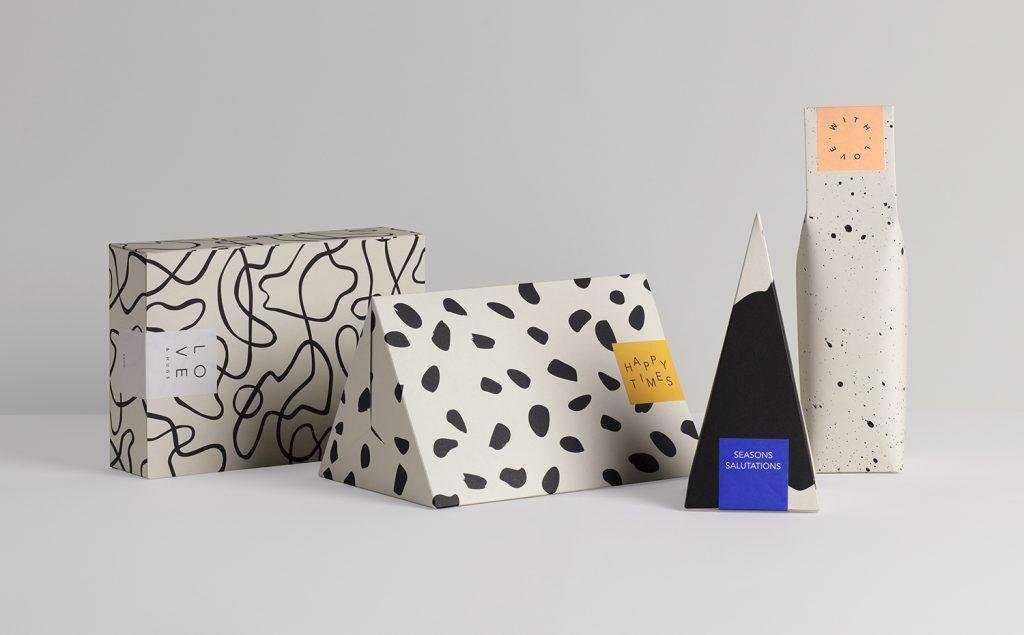Many people believe that having a good product is the most important thing and that the packaging comes second. However, the fact is that obtaining customized packing boxes is just as vital as acquiring bespoke packaging boxes. Before viewing the product, targeted clients will first observe the package. When the potential consumers are seeing whether or not to buy, it will almost certainly be in front of them. The custom box design may help brands improve brand recognition. It is also essential to communicate product information accurately and focus on the target market.
The product packaging acts as a brand ambassador, marketing the product on their behalf. Packaging design can significantly increase the value of your company when performed appropriately. It has the potential to increase sales, provide a reliable experience, and strengthen brand awareness. It is made possible by packaging and items such as package inserts.
1. Ask Related Questions
We experience the world by asking questions. It’s also an essential leadership skill since it forces you to recognize that you don’t know everything. To begin, consider the following inquiries.
What Exactly Is the End-Result?
Packaging is dictated by the commodity. Is it possible that the product will be damaged? Is there a need for a more robust defense? How big is it? For things that are oddly shaped or scaled, customized packaging is the best option.
Who is the company’s target market?
Market research is an essential element of learning to know the audience. It is also for figuring out what problems the goods can address for them. Determine the age, profession, beliefs, budget, and gender of the potential customers.
2. Make Sure Packaging Matches with the Company
Just make sure the packaging matches with the company’s identity. When developing visuals for boxes’ use of the brand’s logo and symbols, colors, and typography to maintain consistency. Using dark hues will not make sense if the corporate identity is bright and lively. Embossing the logo visible will also guarantee that consumers link it with the brand.
3. Include Crucial Details
With printed custom boxes, the final objective is to assist buyers to comprehend the goods. Consider incorporating a brief written explanation of the goods inside, in addition to the trademark, logo, and slogan. If a company offers food, make a list of the ingredients and nutritional information. Add applicable markings to illustrate the product’s credibility if a brand has obtained any certifications.
4. Selecting the Suitable Packaging
Consider the competitors for inspiration while putting together the luggage. There’s undoubtedly a reason why everyone is doing identical stuff. If a company wants to make a statement by stepping in a new direction, remember to consider all the options before choosing the material. Water items, for instance, should not leak out of their containers.
5. Consider the Budget
Take into account the financial situation as well. Choose an ordinary low-cost container that matches company ideals if they offer fairly priced things. If manufacturers want to provide their customers with a luxury experience, they pay for additional revenue on the custom packaging.
6. Apprehend Packaging Composed Layers
Take into consideration the following levels while developing unique packaging.
Outer Packaging:
To begin with’ a buyer sees the product’s outside packaging, which also serves as a protective barrier from the effective factors. Select the most significant parts for the design to make an impression. E-commerce merchants must make sure their containers can endure shipment. Develop a theme that promotes the brand and demonstrates it by including the logo.
Inside Layer:
Inside the external container, the inner sheet secures the goods. Plastic wrap, tissue wrap, and wrinkle paper are some of the materials that can be used. The inside packing will prevent the goods from being damaged, damaged, or cracked while it is being transported to their ultimate stop.
Product Packaging:
Specifically, for in-store transactions, the packaging is undoubtedly the most vital layer. Make it appealing, terrific, and elevated because it is the clients’ initial impression of goods.
7. Obtain Feedback
Before users choose a custom box, be sure it’s the best fit for customers’ needs. It’s a good idea to run it by existing customers and those who aren’t aware of the brand. Ascertain that the relationship is obvious and that the packaging appeals to the target audience. Companies risk losing revenue if the packaging is unpleasant in any manner.
8. Inquire with a Designer
When a brand wants to make a tempting customized packaging design, hiring an experienced designer is a good investment. After all, designing packaging necessitates expertise. To provide the most sense, collect all of the hues so the consumer can readily correlate them. Also, make sure that the designs are saved in the proper file format.
9. Create a Narrative
Think about how packaging can convey a story. Packaging has evolved into a narrative tool for organizations in the digital age. The consumer wouldn’t be the only one to see the product package, but millions of people can now watch it. A picture of box packaging needs to communicate a lot to get momentum on social media. Because social feeds are so cluttered with brands, it takes stuff unusual to get people’s attention. In this case, container design is a great medium for more inventive content.
10. Build Reusable Options
Take the initiative to encourage customers to reuse rather than discard the packaging components. For example, using printed shopping bags rather than soft polyethylene to package the items helps to minimize waste over time. While also providing free publicity for the company.
In the End
The distinction between excellent and terrible packaging boils down to how well it serves your business. One needs to think about consumers’ needs, the brand narrative, and the elements they’re utilizing. It’s critical that personalized product packaging effectively conveys the brand’s and product’s values while also being inviting to the customers. If a company wants to develop a custom box design that’s a true benefit, they must take care of their customer’s needs.
